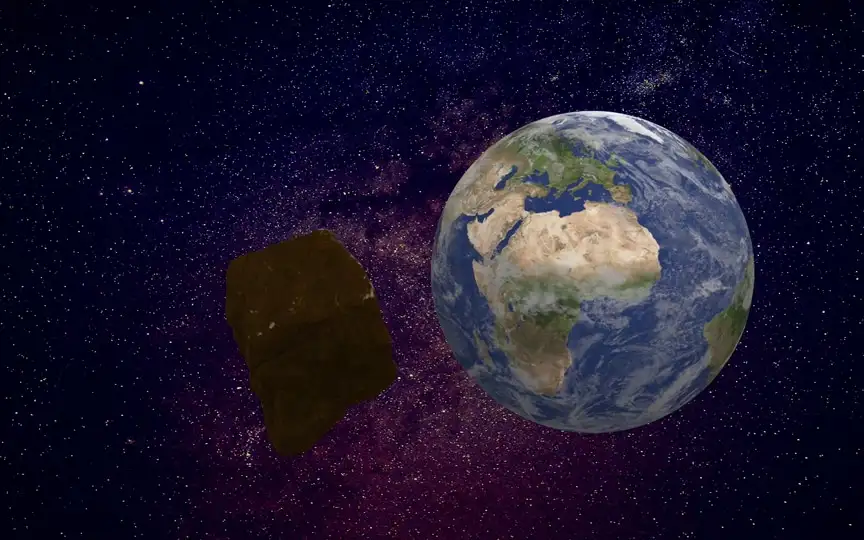NASA Reveals: An Asteroid Bigger than an Airbus A380 is Coming to Earth!
NASA has utilized advanced telescopes like NEOWISE, Pans-STARRS1, and Catalina Sky Survey to provide insights into an asteroid that is projected to come close to Earth today, November 14. This particular asteroid, named Asteroid 2023 VR4, is just one of the 298,148 asteroids discovered so far. NASA states that it is moving at an incredibly fast speed of 37,902 kilometers per hour in its orbit. Learn more about the size, distance, and details of this near encounter with Asteroid 2023 VR4.
Asteroid 2023 VR4: Details
Asteroid 2023 VR4 will pass Earth at a distance of 6.8 million kilometers, according to NASA’s Defense Coordination Office (PDCO), which is responsible for observing the sky and observing various Near-Earth Objects (NEOs). It belongs to the group of Aten asteroids, which are Earth-crossing Near-Earth Asteroids (NEAs) with semi-major axes smaller than Earth’s. They are named after the asteroid 2062 Ate, and the first of their kind was discovered by American astronomer Eleanor Helin at the Palomar Observatory on January 7, 1976.
Despite its extremely close approach, this asteroid has been considered non-threatening and has not been classified as a potentially hazardous object. NASA estimates the asteroid to be nearly 295 feet across, making it even bigger than an Airbus A380, the world’s largest passenger plane!
Asteroid 2023 VR4: Other approaches
This is not the first time that Asteroid 2023 VR4 has passed Earth. It first orbited the planet on November 9, 1985 at a distance of 36 million kilometers. After today, its orbit will bring it close to Earth again in just a few months, on April 5, 2024, when it will pass by a distance of about 46 million kilometers, according to NASA’s JPL.
Protection against asteroids
To combat the threat posed by asteroids, NASA has already conducted the first test of its planetary protection mission DART in 2022. The space agency plunged a spacecraft into an oncoming asteroid to deflect it out of its path, thus successfully testing the method of asteroid deflection. In addition, ESA has a mission called NEOMIR, which acts as an early warning system for asteroids 20 meters and larger that cannot be seen from Earth.
Although NASA experts claim that an asteroid is not expected to hit Earth for at least the next 100 years, planetary defense countermeasures are important because they can help prevent loss of life if an asteroid strays toward Earth.




